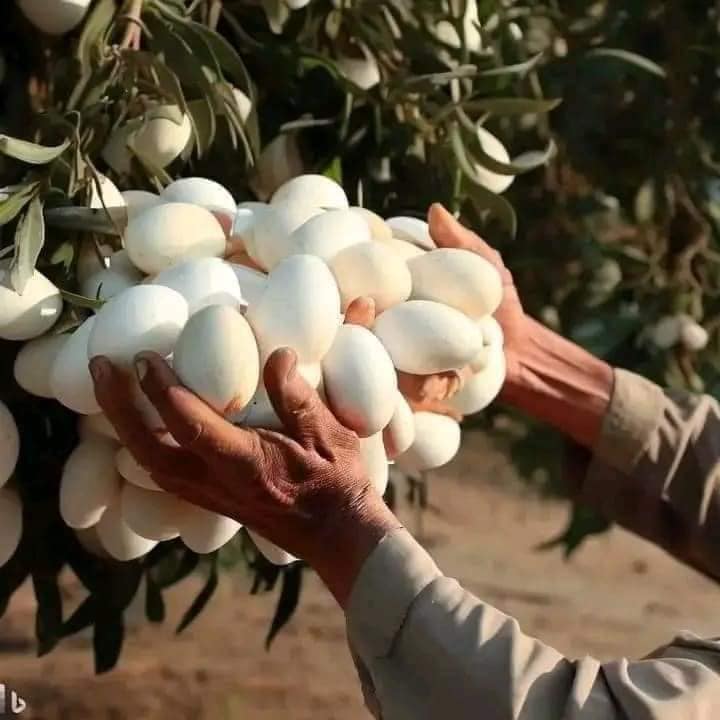I was shocked to learn what it was after observing this white-appearing fruit.
This is the origin story of the unusual plant known as the eggplant, in case you’ve ever wondered how it earned its name.
We all know that the long, purple crop complements a variety of cuisines. The eggplant is actually a fruit rather than a vegetable, whether it is simply stir-fried, added to salads, or used in more elaborate and traditional dishes like baba ghanoush or ratatouille. In contrast, it is regarded as a vegetable in the culinary sense.
Unlike the ones we are used to, eggplants come in a variety of shapes and hues. Actually, there are colors of white, green, red, and black in eggplants.
The term is a result of how much they resemble eggs as they develop. Like in the image below, which was submitted by a Reddit user and caused many people to ‘ooh’ when they saw it.
The eggplant is referred to by its French name, aubergine, in Britain and several other regions of Europe.
Because they are so bitter and nearly spongy when raw, eggplants are typically eaten cooked and work well in many different cuisines. They are a versatile and frequently used plant since they may be grilled, roasted, sautéed, fritted, or baked and are especially well-suited to recipes that feature light sauces or delicate flavors.

There are differences between the white and purple eggplants. For one, the peel of the white eggplant is a bit thicker so its recommended to peel it off before cooking it, while that of the purple one is thinner and can be eaten.
While purple eggplants can be found almost everywhere, that’s not true for the white ones which are mostly found in specialty markets or through online seed catalogs for home gardeners.
Eggplants were first mentioned in 544 in a Chinese book on agriculture and have been considered a mysterious plant for many years. Allegedly, it was the European farmers who came up with the name back in the 1700’s because they resembled goose and duck eggs.
One thing is certain, eggplants are a true delicacy.





